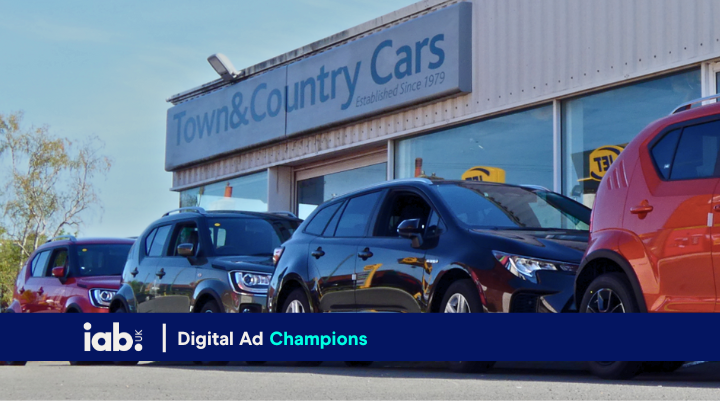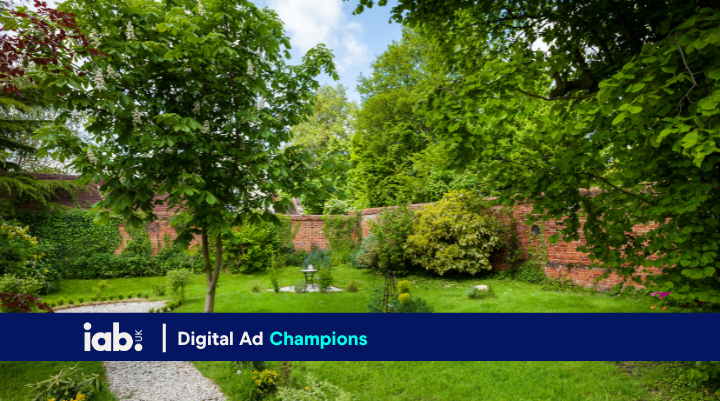
Bose amps up sales with location-based mobile campaign
Overview
Having recently revamped its UK stores to give visitors more opportunities to try its products, Bose asked MediaCom Worldwide to develop a strategy to compel consumers to visit stores.
Based on the knowledge that a large proportion of searches occur on mobiles and that many mobile searches are location-related, the team designed a mobile location strategy for the brand’s digital activity.
Research showed that customers navigated multiple touchpoints before visiting and buying in store. Being present as they made this journey and standing out from the competition required eye-catching ad formats. By studying search queries, the team identified three core shopping personas: price-sensitive customers, premium-benefit-oriented customers and traditional users. They chose ad formats carefully to be sure of reaching each persona.
In implementing the strategy across both brand and generic campaigns, MediaCom Worldwide bid on location-related keywords, such as ‘Bose store London’ and used geo-targeting to increase bids by 20% within a five-mile radius of any Bose store. It included ad extensions linking to the store locator on the website and added location extensions to display the nearest store address and a map within ads.
In this way, Bose stood out in local search results and dramatically increased offline revenue.
What was the role of digital within the media mix?
Google Local Campaigns allowed the team to brand Bose store locations in Google Maps alongside new products and offers. By clicking on the Bose logo, consumers would see a call to action encouraging them to call, save, or get directions to the store, as well as information about testing in store.
To be sure of reaching consumers most likely to be interested, the team used remarketing lists for search ads and increased bids for in-market audiences. For instance, they made bid adjustments to show ads to people whose online behaviour suggested they were in-market for products like speakers or wearables.
Key statistics
What results did you attain? What was the biggest achievement?
Within the first week, the Google Local Campaigns alone drove approximately 10,000 additional store visits at 98% lower cost per acquisition compared to always-on campaigns. The team also gained valuable insights about consumer behaviour that could be shared across other channels such as social and programmatic.
Bose uses a bespoke formula to calculate the impact of online marketing on in-store activity. Analysis showed that this strategy increased store visits by 50% year-on-year, with revenue generated from store visits increasing by 56%. By expanding the remit of search to a driver of footfall to bricks-and-mortar stores, Bose accrued additional in-store sales.
Bose plans to keep Google Local Campaigns live in the UK and roll it out to more European markets. It is also looking to use Store Visit Conversions measurement in Google Analytics and automate bidding in selected campaigns to optimise to a store visit cost per acquisition goal.
In a sentence...
How Bose drove consumers to its stores and dramatically boosted sales via a location-based mobile campaign.


